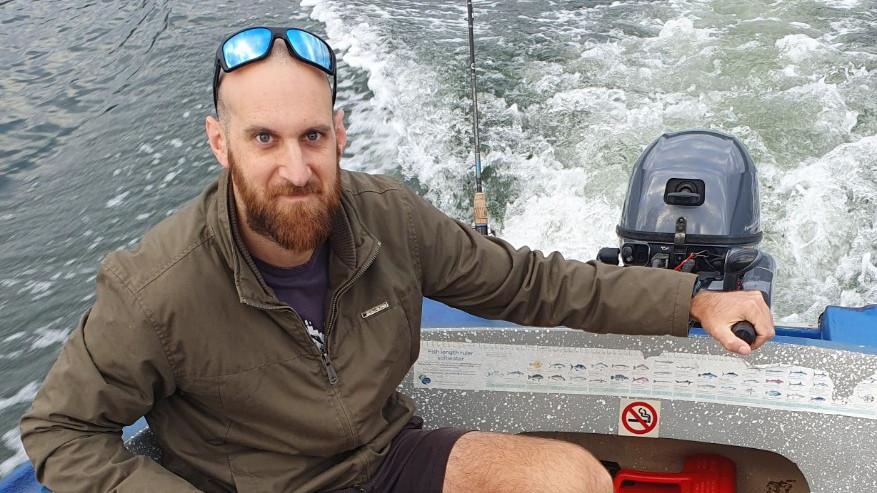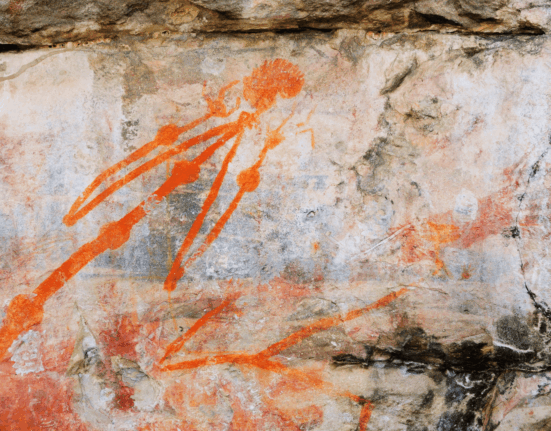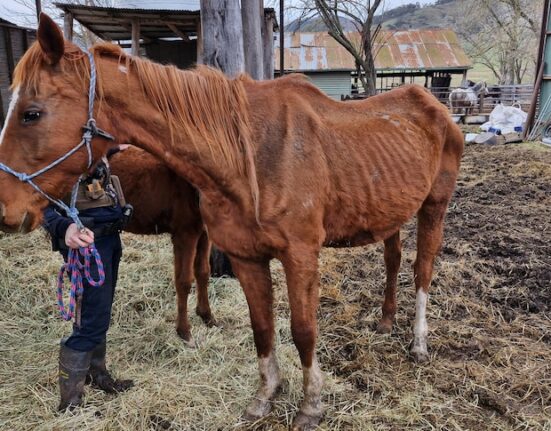The sun was setting on a serene evening at Wharton Beach, casting a golden glow over the tranquil waters. Steven Payne, an avid surfer, had ventured out into the waves with his girlfriend by his side, seeking the exhilarating embrace of the ocean. Little did they know that this seemingly idyllic scene would soon transform into a nightmare of unimaginable proportions.
As Steven rode the waves, a shadow lurked beneath the surface, a predator in search of its next meal. Suddenly, with a terrifying swiftness, a great white shark emerged from the depths, its razor-sharp teeth tearing through flesh and bone. In a matter of seconds, the peaceful tableau was shattered by primal violence as Steven was brutally attacked, his screams of agony echoing across the beach.
The tragic events of that fateful day sent shockwaves through the tight-knit community of Esperance, where tales of shark encounters were not uncommon but always tinged with a sense of distant danger. The loss of Steven Payne, a young man full of life and passion for the sea, left a gaping hole in the hearts of those who knew him, a stark reminder of the unpredictable power of nature.
As details of the coronial inquest into Steven’s death were unveiled, the harrowing reality of the attack came into sharp focus. Expert analysis painted a vivid picture of the sequence of events that led to the fatal mauling, highlighting the complex interplay of factors that culminated in tragedy. Witnesses recounted the horror they had witnessed, their voices trembling with a mixture of grief and disbelief.
The inquest revealed not just the raw brutality of nature but also the fragility of human life in the face of such primal forces.
In the aftermath of the attack, questions lingered in the air like an unshakeable shadow. What could have been done differently to prevent this senseless loss of life? Should beaches be closed off to swimmers and surfers in the presence of predatory sharks, or is such a measure an overreaction in the face of rare occurrences? These dilemmas underscored the delicate balance between human recreation and the untamed wilderness that lies just beyond the shore.
While the tragedy at Wharton Beach was a singular event, it serves as a stark reminder of the risks inherent in our coexistence with the natural world.
The impact of Steven Payne’s death rippled far beyond the shores of Esperance, sparking conversations about conservation efforts, shark mitigation strategies, and the complex dynamics of marine ecosystems. Experts weighed in on the broader implications of the incident, offering insights into the behavior of great white sharks and the challenges of safeguarding both human lives and marine biodiversity.
As the sun dipped below the horizon once again, casting long shadows over the now-quiet beach, one thing remained clear: the memory of Steven Payne would endure as a poignant symbol of the fragility and resilience of the human spirit in the face of nature’s relentless power. His tragic end was a stark reminder that, in the vast expanse of the ocean, beauty and danger walk hand in hand, shaping the destinies of those who dare to venture into its depths.









Leave feedback about this